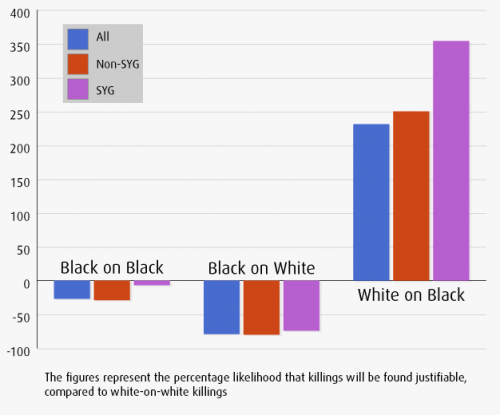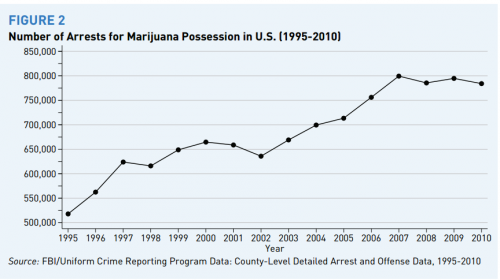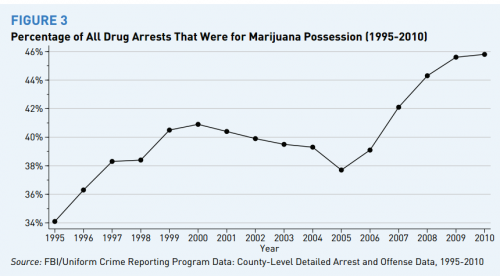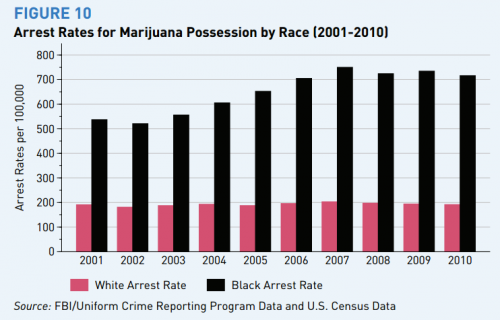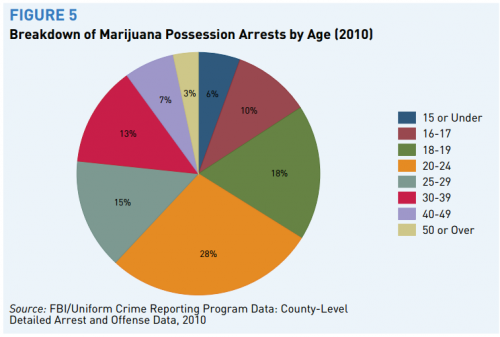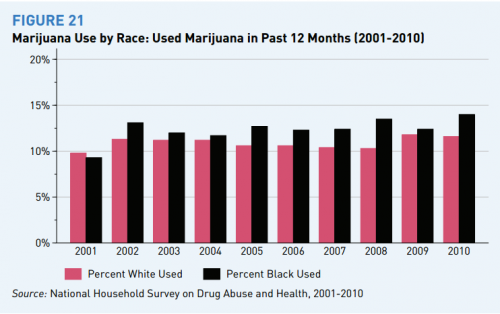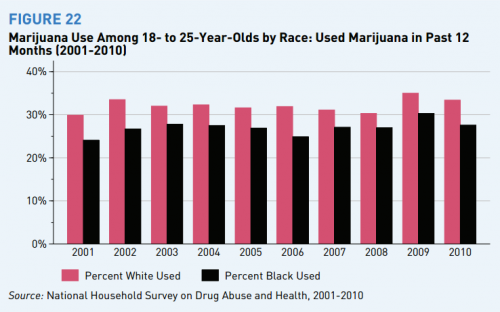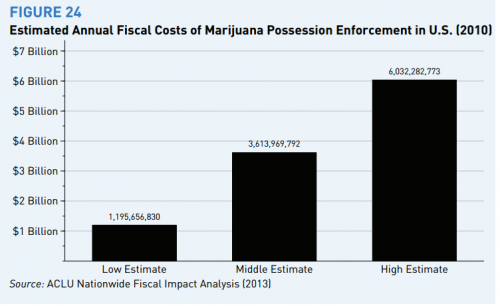Flashback Friday.
Behold, one of my favorite things on SocImages. This pair of Italian commercials are for a do-it-yourself fabric dye. First, commercial #1 (no Italian needed):
Message: “Coloured is better” or black men are physically and sexually superior to white men.
BUT WAIT! Wait till you see the twist in commercial #2!
When the man tries to use the dye to transform his wife, it becomes clear that the dye only works one way. Clearly, it is designed for women to produce the (heteronormative, racialized) object of desire that they supposedly want. Message: Coloreria is “What women want” or the laundry room is for ladies.
Originally posted April 2008, thanks to Elizabeth A. and Feministing. Also in women-are-responsible-for-cooking-and-cleaning: women love to clean, homes of the future, what’s for dinner, honey?, liberation through quick meals, and my husband’s an ass.
Lisa Wade, PhD is an Associate Professor at Tulane University. She is the author of American Hookup, a book about college sexual culture; a textbook about gender; and a forthcoming introductory text: Terrible Magnificent Sociology. You can follow her on Twitter and Instagram.




